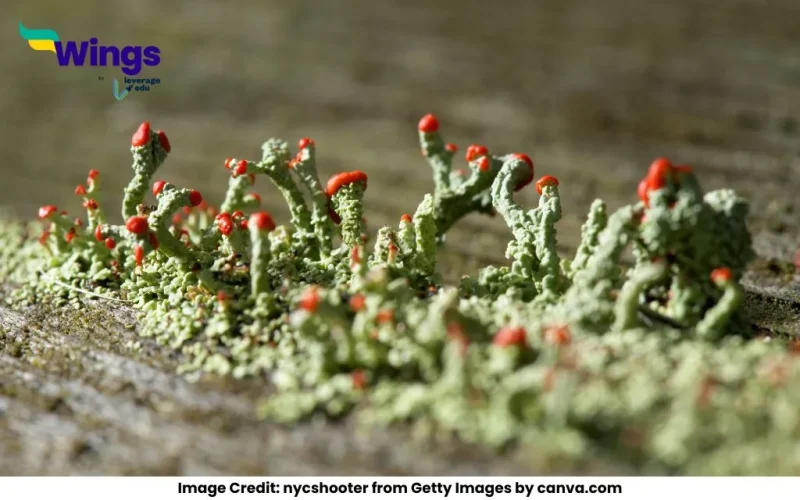Spore formation is an asexual mode of reproduction observed in certain organisms like fungi, algae, and some bacteria. Spores are tiny, single-celled structures with a protective outer covering. When conditions are unfavourable, organisms produce spores to survive. These spores remain dormant until favourable conditions return, allowing them to germinate and grow into new organisms. For example, in fungi like bread mould (Rhizopus), spore sacs (sporangia) release spores that disperse and grow into new moulds.
What Are Spores?
Spores are tiny, single-celled reproductive units that have a thick protective coating. They are usually microscopic and can withstand extreme environmental conditions like heat, cold, drought, and lack of nutrients. This protective covering ensures the survival of the organism during harsh conditions by keeping the spore dormant until the environment becomes favourable again.
How are Spores Formed?
When learning what is spore formation, we must learn how this formation occurs. Spore formation involves specialised structures developed by organisms to produce and release spores. For example:
- In Fungi: Spore sacs, called sporangia, develop on structures like hyphae. Inside the sporangia, spores are produced through mitosis. Once mature, the sporangia burst open, releasing the spores into the air, where they disperse and germinate in suitable environments.
- In Bacteria: Certain bacteria form endospores as a survival mechanism. The bacterial cell develops a tough outer layer around its genetic material, allowing it to remain dormant and withstand unfavourable conditions.
- In Algae and Plants: Algae and lower plants like ferns also reproduce via spores. In ferns, spores are produced in structures called sporangia, located on the underside of their leaves.
Advantages of Spore Formation
Spore formation provides the following advantages:
- Survival in Extreme Conditions: The tough outer layer of spores ensures they can survive in extreme environmental conditions.
- Efficient Dispersal: Spores are lightweight and can be easily carried by wind, water, or animals, ensuring the organism’s spread over a wide area.
- Rapid Regeneration: Once conditions become favourable, spores germinate quickly to form new individuals.
Examples of Spore Formation
After learning what are spores, what is spore formation, how are spores formed, and advantages of spore formation, let us look at some common examples of this biological process:
- Fungi: Bread mould (Rhizopus) produces sporangia containing spores.
- Bacteria: Bacillus and Clostridium form endospores to survive heat and desiccation.
- Ferns: Sporangia on their leaves produce spores that grow into gametophytes.
Common Doubts:
 60,000+ students trusted us with their dreams. Take the first step today!
60,000+ students trusted us with their dreams. Take the first step today!


 One app for all your study abroad needs
One app for all your study abroad needs










